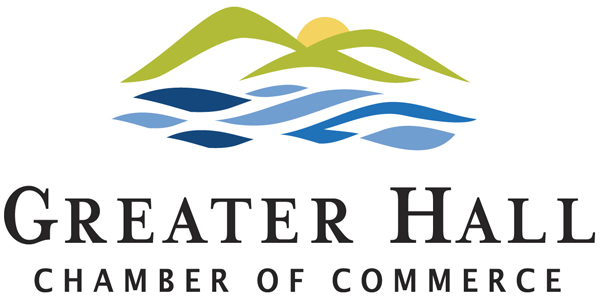I’m now convinced that if our Vision 2030 plans are to succeed, we must learn how to make Gainesville-Hall County a cooler place to live. And if you think I’m talking about the weather, you might want to remove all those pens from your shirt pocket, switch to contact lenses, lower the cuffs of your pants, and perhaps read the rest of what I have to say.
I recently joined a local delegation on a visit to Greenville, South Carolina, which has become somewhat of a big brother to our community. Our ongoing visioning process has drawn tremendous insight and inspiration from Greenville’s own model program, started in 1987 as Vision 2005 and now getting its second wind with Vision 2025. On an unseasonably warm March weekend, city leaders there proudly showed off their successes as well as failures on virtually every corner, from the rooftop of a downtown building down to a ground-level inspection by foot and trolley car.
What we saw and experienced was that, well, Greenville is a pretty cool place.
As we walked along South Main Street, we noticed that a lot of pedestrians, particularly the tourists, step slowly and with their heads down. That’s because they’re taking the time to read the countless quotations and philosophies etched in the sidewalks, similar to Hollywood’s star-studded Walk of Fame. If you’re not careful, you’ll bump right into someone pondering a thought from Thoreau – which, as they say, is how a lot of people get to know each other in Greenville.
Another curiosity is the whimsical “Mice on Main”. This is a collection of tiny pewter-metal mice – each the size of an actual rodent – hidden discreetly along the city’s streets. The squeals and shrieks they often elicit come not from frightened women but the children who delight in finding them, sort of like an outdoor version of “Where’s Waldo.” The mice are sometimes removed from their anchors and relocated just to keep the game interesting.
The sidewalks in downtown Greenville are wide enough to fit two 18-wheel trucks and a small car side by side, providing plenty of room for people traffic and outdoor cafes. On this particularly sunny day of our visit, I could have imagined myself walking the streets of Paris, which – if you don’t happen to know – is a pretty cool place, too.
Kit Dunlap, our Chamber president, remarked that the colorful signage pointing the way to various Greenville landmarks was “among the prettiest of any city in the United States.” Street maps surely don’t sell very well in Greenville because they’re simply not needed.
Greenville hasn’t always been cool. In fact, its early history is one of a textile mill town with more than a dozen red-brick manufacturing buildings, each looking like a carbon copy of the other. They say the downtown Reedy River used to run red, yellow and green from all the toxic waste dumped from the mills. It also stunk a lot, which is why they built a road high above one section that included a large waterfall in the middle of downtown.
Long after the mills shut down, someone proposed uncovering the cleaned-up waters of the Reedy and building a pedestrian bridge as part of the city’s first visioning effort. After much public debate, the road came down and in its place today is a sparkling symbol of human imagination and perseverance. The story is told of one city father who scoffed at the original plans for the Reedy River Walk but now proudly touts the grand vision of unveiling the only urban waterfall in all of America.
Young people – cool young people – hang out all along the grassy banks and shoals of the downtown Greenville park that seem almost incongruent in the heart of a concrete city.
When the sun goes down
Most telling about Greenville’s coolness, however, is when the sun goes down. The downtown beat of the streets seems to drum even louder with the excitement of young and old streaming in and out of the restaurants and nightclubs along the city byways.
Back in Gainesville, we say we want a place to where our children will want to come home someday – a community that is economically viable and young spirited. It’s one of many themes repeated throughout our Vision 2030 meetings. In Greenville, they accomplished this by lending an ear to their youth, who promised they would return to live in downtown lofts, send their own children to local schools, and put their energy into building a better city – if only Greenville would leave its old ways.
Greenville’s revelation can become our opportunity. . . Economic development in the biotech and clean industries of tomorrow. . . Entertainment in the eclectic style of lakeside restaurants, downtown jazz clubs, and outdoor amphitheaters. . . Sports that build upon our Olympic legacy of canoe, rowing, and kayaking. . . And a free spirit of creativity that nurtures our budding young artists with showcase venues that expand and go beyond our pioneering Quinlan Arts Center, the Arts Depot and Blue Angel Gallery.
Gainesville can become Greenville and more. Gainesville can find its groove and be cool. All we have to do is look to our youth – and listen.
